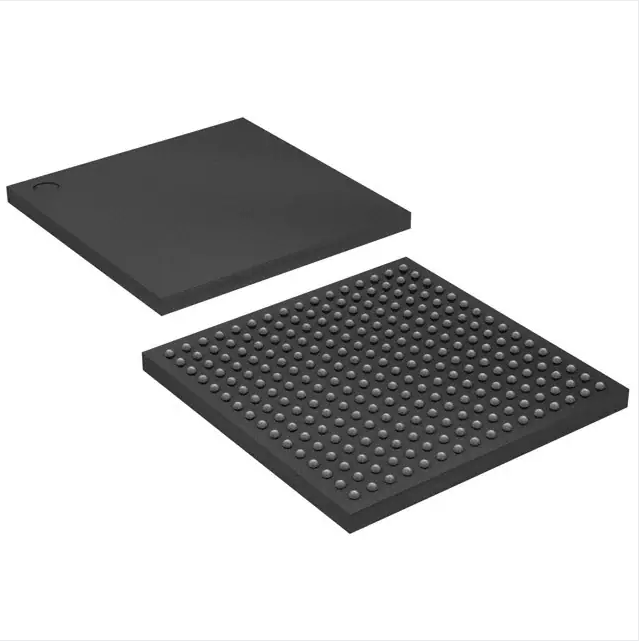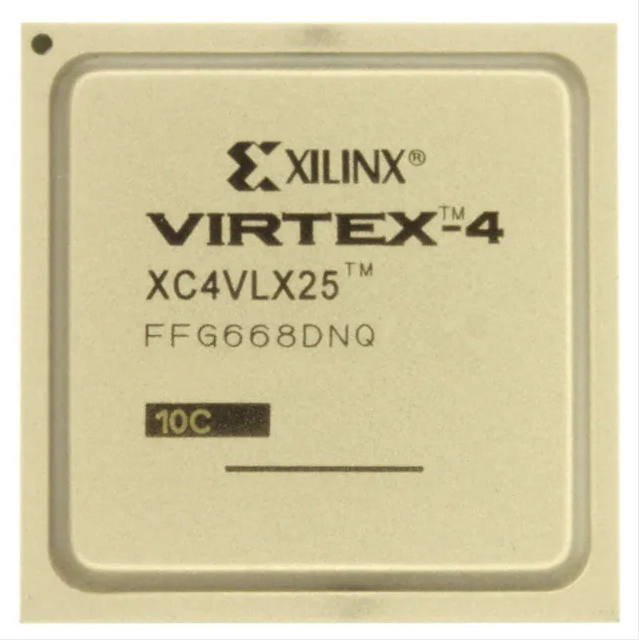INA240A2DR – Integrated Circuits, Linear, Amplifiers, Instrumentation, OP Amps, Buffer Amps
Product Attributes
| TYPE | DESCRIPTION |
| Category | Integrated Circuits (ICs) |
| Mfr | Texas Instruments |
| Series | - |
| Package | Tape & Reel (TR)
Cut Tape (CT) Digi-Reel® |
| Product Status | Active |
| Amplifier Type | Current Sense |
| Number of Circuits | 1 |
| Output Type | - |
| Slew Rate | 2V/µs |
| -3db Bandwidth | 400 kHz |
| Current - Input Bias | 90 µA |
| Voltage - Input Offset | 5 µV |
| Current - Supply | 1.8mA |
| Voltage - Supply Span (Min) | 2.7 V |
| Voltage - Supply Span (Max) | 5.5 V |
| Operating Temperature | -40°C ~ 125°C |
| Mounting Type | Surface Mount |
| Package / Case | 8-SOIC (0.154", 3.90mm Width) |
| Supplier Device Package | 8-SOIC |
| Base Product Number | INA240 |
Documents & Media
| RESOURCE TYPE | LINK |
| Datasheets | INA240 Datasheet |
| Other Related Documents | Current Sense Amplifiers Guide |
| PCN Assembly/Origin | Assembly 11/Apr/2023 |
| Manufacturer Product Page | INA240A2DR Specifications |
| HTML Datasheet | INA240 Datasheet |
| EDA Models | INA240A2DR by SnapEDA |
Environmental & Export Classifications
| ATTRIBUTE | DESCRIPTION |
| RoHS Status | ROHS3 Compliant |
| Moisture Sensitivity Level (MSL) | 2 (1 Year) |
| REACH Status | REACH Unaffected |
| ECCN | EAR99 |
| HTSUS | 8542.33.0001 |
Amplifiers
Amplifiers play a vital role in the world of audio technology as they are responsible for improving sound quality and providing the necessary power to speakers and other sound systems. Whether you're a music lover, professional DJ, or audio engineer, knowing the basics of amplifiers is essential. In this article, we'll look at amplifiers, their uses, types, components, and the advantages they offer.
First, an amplifier is an electronic device that increases the amplitude of an audio signal. Its main function is to take a weak input signal and amplify it to a level suitable for driving speakers or headphones. By boosting the signal power, the amplifier ensures that the sound reproduced by the speaker is clear, loud and faithful to the original recording. Without an amplifier, a sound system would lack the intensity needed to produce high-quality audio.
There are various types of amplifiers on the market, each with its own characteristics and applications. The most common types include stereo amplifiers, power amplifiers, and integrated amplifiers. Stereo amplifiers are designed to power two speakers and are typically used in home audio systems. Power amplifiers, on the other hand, provide sufficient power for speakers that require high input levels, such as professional PA systems. Integrated amplifiers combine the functions of a preamplifier and power amplifier into a single unit, offering convenience and versatility.
Understanding the components of an amplifier is essential for anyone interested in delving into audio technology. A typical amplifier consists of four main parts: input stage, gain stage, output stage and power supply. The input stage is responsible for receiving the audio signal and preparing it for amplification. The gain stage boosts the signal to the desired level, while the output stage sends the amplified signal to the speakers. At the same time, the power supply provides the voltage and current required for the amplifier to operate.
Now that we've covered the basics, let's explore the benefits amplifiers offer. First, amplifiers improve overall sound quality by minimizing distortion and noise. By amplifying even weaker signals, they ensure faithful reproduction of every nuance and detail in the music. Second, the amplifier provides the speakers with the power they need to produce high-volume sound. This is especially important during live performances or large venues, where filling the space with clear, powerful audio is critical. Finally, amplifiers offer flexibility in sound customization. Through various controls and settings, users can adjust tone, balance, and other audio parameters to suit their preferences.
In conclusion, amplifiers are important devices in the field of audio technology. They enhance sound quality, power speakers and offer customization options to suit personal preferences. Whether you're a music lover, DJ, or audio professional, knowing the basics of amplifiers will undoubtedly enhance your audio experience. So the next time you're immersed in a world of music or attending a live performance, take a moment to appreciate the key role your amplifier plays in giving you a captivating sound.








.png)



